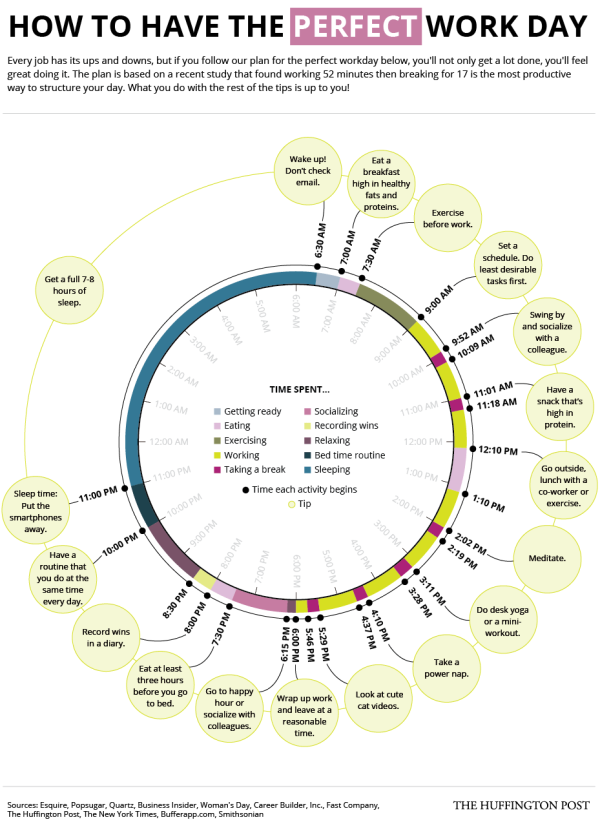Does Coffee Really Make You More Productive at Work?
63% of Americans can't get through the work day without coffee. Does Coffee Really Make You More Productive at Work? infographic explores our cultural obsession with coffee. Turns out that coffee boosts your speed, not your talent so tasks that require quality over quantity do not benefit from caffeine. Toll Free Forwarding tells us how and when to drink coffee for it to be most effective.
Could you start the day without your morning cup of coffee? Latest research shows that 61% of Americans can’t get through the day without a cup of java, and even that’s 2% down from 2013. Let’s face it, ever since the Europeans discovered coffee in the 1600s, it’s been an infatuation of the western world. This magic brew that makes you vibrant and productive isn’t just an addictive substance, it’s a cultural phenomenon.
Coffee shops are often credited as the birthplace of the Enlightenment, the American and French Revolutions, and even the Shins! But what role does coffee have in the workplace? Does it actually make us more productive or is it mankind’s most effective placebo? This infographic goes in-depth to explain just how coffee affects our daily routine, and how we can nurture our caffeine fixes without over-doing it. So sit back with your bagel and morning brew, and enjoy the only Infographic that dares to ask: “Does Coffee Really Make You More Productive at Work?”
There's a lot of good information in this design, and it's organized nicely in sequence from top-to-bottom. Most of the information is visualized with good, related illustrations or icons.
It's odd that this infographic comes from Toll Free Forwarding, a company whose business has nothing to do with coffee. This is a challenge for relevance in the SEO world, and if this infographic becomes popular, it still may not have a significant benefit to the publisher because it will be promoting keywords unrelated to their business.
Thanks to Jennie for sending in the link!









 Randy
Randy






